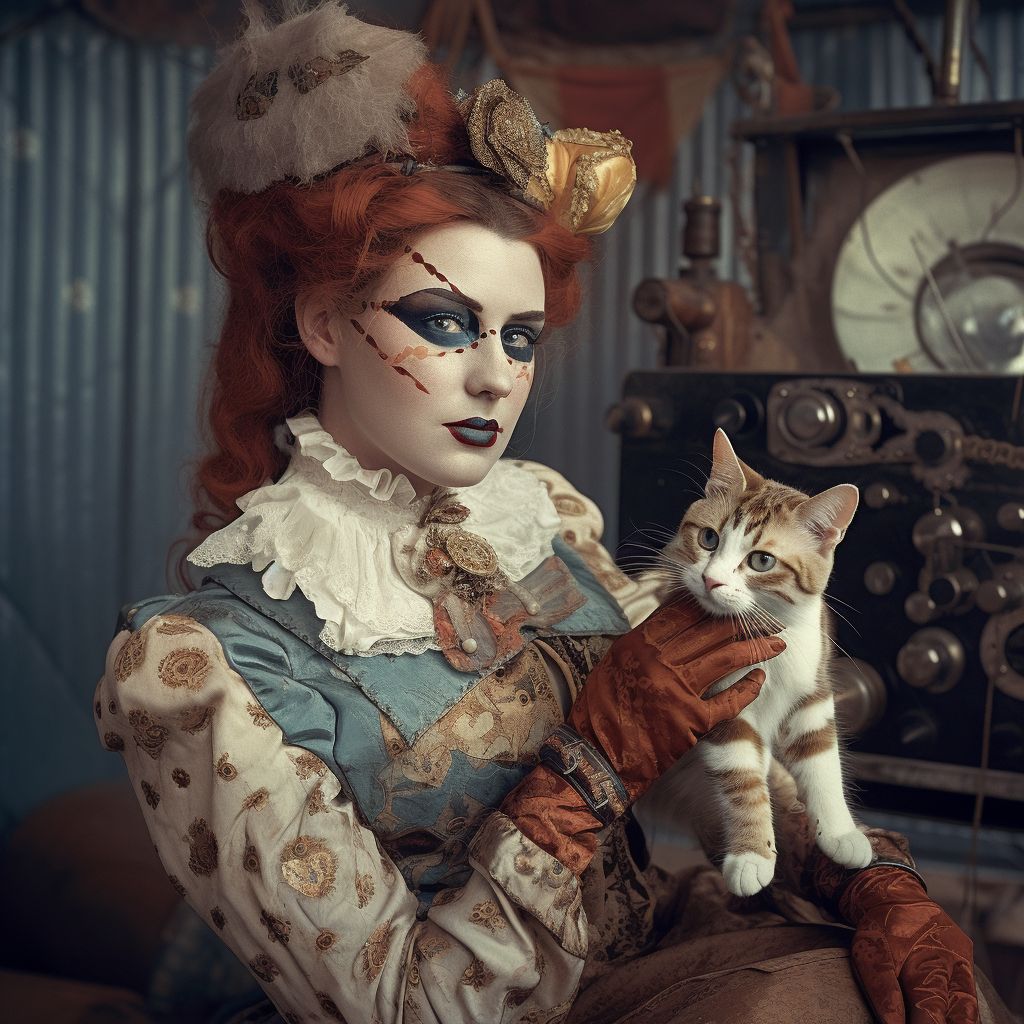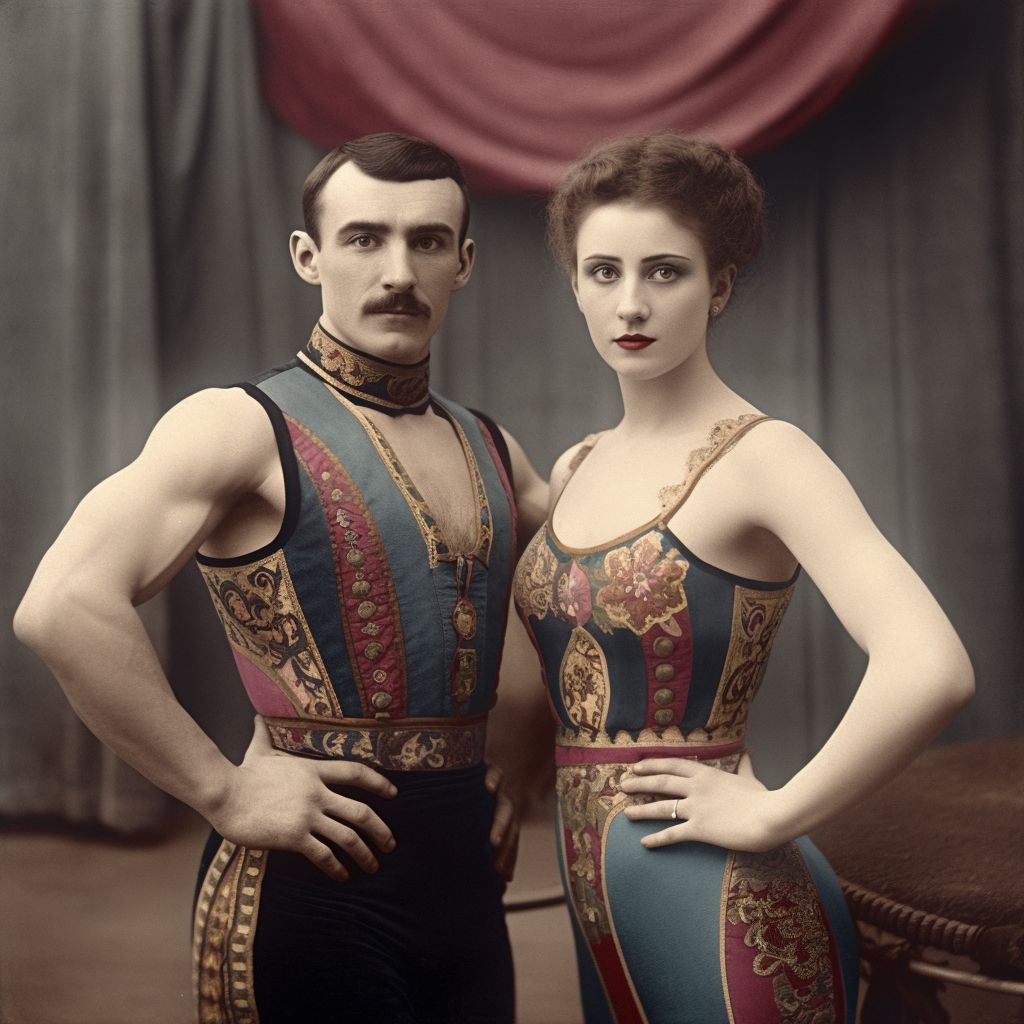Circus Performer
The circus has long been a source of entertainment and wonder for audiences across the world. By 1880, the circus had evolved into a multifaceted spectacle, with performers showcasing a wide variety of talents, ranging from acrobatics and tightrope walking to juggling and clowning. This article aims to provide an overview of the circus performer profession in 1880, highlighting the various roles, skills, and challenges faced by these talented individuals.
Types of Circus Performers
Circus performers in 1880 encompassed a diverse range of specialties and skills, with each act contributing to the overall allure of the circus. Some of the most prominent types of circus performers during this era included:
Acrobats: These performers showcased their exceptional balance, strength, and agility through a variety of acts, such as tumbling, trapeze, and aerial silk routines.
Jugglers: Jugglers captivated audiences with their ability to manipulate multiple objects simultaneously, demonstrating incredible dexterity and coordination.
Clowns: Clowns provided comic relief and engaged with the audience, often through slapstick comedy, pantomime, and other humorous antics.
Animal trainers: These performers worked closely with animals, such as horses, elephants, and lions, directing them to perform various tricks and stunts for the audience's enjoyment.
Tightrope walkers: Balancing precariously on a thin wire suspended high above the ground, tightrope walkers demonstrated immense focus and control as they traversed the precarious line.
Training and Preparation
Becoming a circus performer in the 19th century required dedication, discipline, and a willingness to learn and practice a variety of skills. Many performers began their training at a young age, often within a family of circus performers or by apprenticing under a seasoned professional. Training typically involved the development of physical strength, flexibility, and coordination, as well as the mastery of specific circus-related skills.
Challenges and Risks
The circus performer profession in 1880 was not without its risks and challenges. Performers were required to maintain peak physical condition and constantly hone their skills to ensure the safety and success of their acts. In addition, the demanding nature of the profession often led to a nomadic lifestyle, with performers traveling from town to town and living in close quarters with their fellow performers.
The inherent risks associated with many circus acts, such as performing daring acrobatic feats high above the ground or working with unpredictable animals, also meant that circus performers faced the constant possibility of injury or even death. Despite these dangers, the thrill of performing and the camaraderie of the circus community remained a strong draw for many talented individuals.
Conclusion
The circus performer profession in 1880 was marked by a dazzling array of talents, skills, and dedication to the craft. These performers brought joy and wonder to audiences of all ages, providing an escape from the everyday and a glimpse into a world of magic, spectacle, and daring feats.
Type
Entertainment


